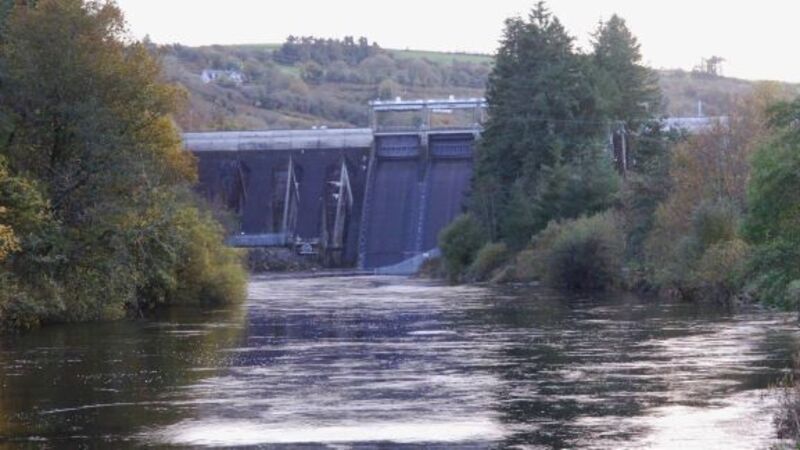Engineering expert insists Lee dams can protect Cork from flooding without need for 'high walls'

An engineering expert who helped advise the Italian government on flood defences in Venice insists that the river Lee dams can protect Cork from river flooding without the need for "high walls".
But the team behind the €140m Lower Lee Flood Relief Scheme (LLFRS) said no high walls are planned, and that the dam options have been examined in detail and ruled out on technical, environmental and cost grounds.
Emeritus Professor, Philip O’Kane, the former Dean of Engineering at UCC, and a former member of the UNESCO-Italian Government Committee for the Safeguard of the Lagoon of Venice, delivered a lecture yesterday setting out an alternative to the OPW’s LLFRS - the largest single investment in flood defences in the history of the state - and calling for a tidal barrier to be built downriver.
He has run mathematical models for two potential barrier sites - one at the Tivoli container terminal and the other near Blackrock Castle.
But he said city and county planners should plan long-term for a tidal barrier at Lough Mahon, as proposed by the campaign group, Save Cork City, to create a body of water with enhanced amenity and recreational value and a nature reserve similar to Back Bay between Cambridge and Boston on the Charles River, or the rejuvenated docklands in Singapore.
“This is not a simple eco-design problem for OPW and requires multi-disciplinary expertise,” he said.
Mr O’Kane said the Inniscarra and Carrigadrohid dams could be used to mitigate flood risk in a way that would eliminate the need to build "high walls" in the city. That would require changes to the Electricity (Supply) Amendment Act, 1945, to allow the dams generate hydropower as a secondary activity during flood events, he said: “The dams are good for big floods, so high walls are not required, their construction a significant waste of public funds."
But in a statement last night, the LLFRS team said Mr O’Kane's reference to high walls is just “not applicable”.
“There are no high walls proposed to be built in the city centre,” a spokesperson said.
He said options for enhancing the dams for flood alleviation were considered in detail and that while such options may be technically feasible, they would potentially impact on the Natura 2000 sites at the Gearagh; some of the options would impact on about 80 properties; and downstream flood defences in the washlands and in the tidally affected part of the city would still be required. And he said they are significantly more expensive than the proposed scheme.
He said the promotion of a tidal barrier as a standalone solution to flooding in Cork is just not true and pointed out that tidal barriers function in conjunction with essential quayside defences around the world, including in the Thames Estuary, which is protected by the Thames Barrier in conjunction with more than 330km of flood defence walls and embankments, and Venice, where a near €6bn tidal barrier is under construction, and more than 100km of quayside defences are being raised.












